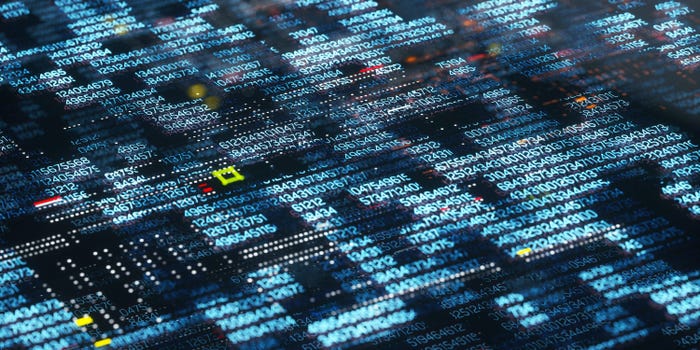Crypto assets are a wave today. Almost every part of the world participates in this most spectacular market. So, here we discuss one such factor that holds huge importance in the crypto market: Block Rewards.
What is a Block Reward?
Block Reward is the only method to create and integrate bitcoins into the blockchain ecosystem. Whenever any miner solves different cryptographic equations and builds a new bitcoin block, he gets some amount of cryptos in his miner’s account, these are known as Block Reward.
Creating a block reward mechanism is necessary for the blockchain to function as an economic system. As a result, miners earn a financial benefit from their mining activity with each generated block.
Additionally, through mining, the blockchain launches new cryptos in the market. This way, the protocol ensures that it has enough miners to validate the transactions while decreasing the centralization of the network. Since decentralisation is at the heart of a blockchain network, with increased miners, the system is also secured from miners colluding and performing a 51% attack.
Note: Since mining is highly rewarding, the mining hardware is evolving at break-neck speed. That is why most protocols have safeguards to slow down mining and keep the supply of cryptos in check. Examples of this are Bitcoin’s halving mechanism and Ethereum’s difficulty bomb.
What Are Block Rewards Used For?
Blockchain protocols are decentralised in nature. This means no central authority works to ensure that the network is secured. This is where block rewards come into the picture as 03. An incentive for miners to secure the network.
Additionally, block rewards are the only way to issue new crypto into the market. When a miner successfully validates a block, they are given rewards which are the native cryptos of the network. This way, the system issues new currency into the market.
Readers should note that different projects offer different block rewards and reward schedules. That means most blockchains with limited supply go through a halving cycle. For example, Bitcoin has a halving process every four years.
This way, the reward a miner receives for solving a block successfully decreases every four years. Since its inception, the bitcoin network has already gone through three halving cycles. At present, each successful validation receives 6.25 BTC every ten minutes.
How is the Reward of a Block Calculated?
Block reward is the economic incentive for miners to mine blocks and secure the blockchain network. When it comes to calculating blocks, many factors come into play. They are as follows:
- The total circulation of the cryptos
Understanding the total issuance of a coin is essential to determining block reward division and how it will be divided. The block rewards are given out in the native cryptos of the blockchain. This helps to manage and control the network. So if only a handful is in control of the cryptos, then the coin’s existence is meaningless. Also, miners need to determine the total coins issued, as a limited existence increases its value.
- Cryptoasset generation time
Let’s take Bitcoin, for example. It has a total supply of 21 million. If the network provides the whole supply in a year, which accounts for 400BTC per block, then it becomes counterproductive and decreases the value of the cryptoasset.
- Transaction fees
The more congested the network, the higher the transaction fees, as people will pay an extra premium to have a high transaction speed. So, transaction fees are a primary factor in bitcoin mining.
Importance of a Block Reward
- The reward of a block is important because it creates new coins, allowing its dynamisation and massification.
- It creates a decentralized economic system. Miners decentralize the network and secure it with their financial and technological investments.
- It offers the miners the necessary incentive to keep their mining blocks’ work safe.
- Investing in more computer power will enable miners to mine Bitcoins and Ethereum, thus generating more coins that others can use for making exchanges.
In conclusion…
Hence, as we understand it, units of cryptoasset earned by miners or stakers for their work on a blockchain are block rewards. A block reward is a portion of newly issued digital tokens given to a user who aids in the verification of transactions on a blockchain protocol.

